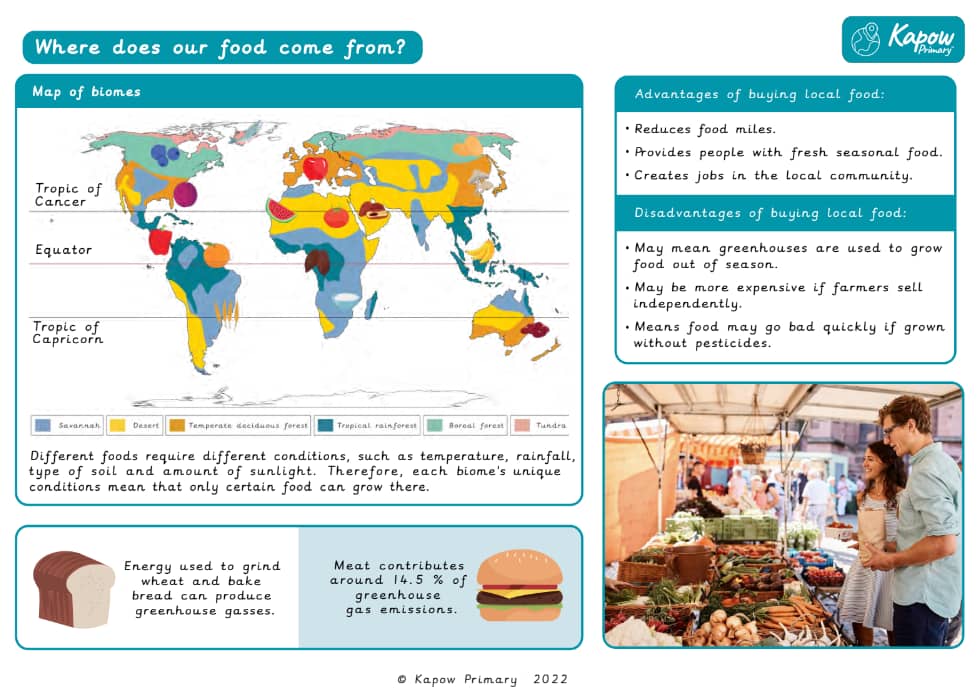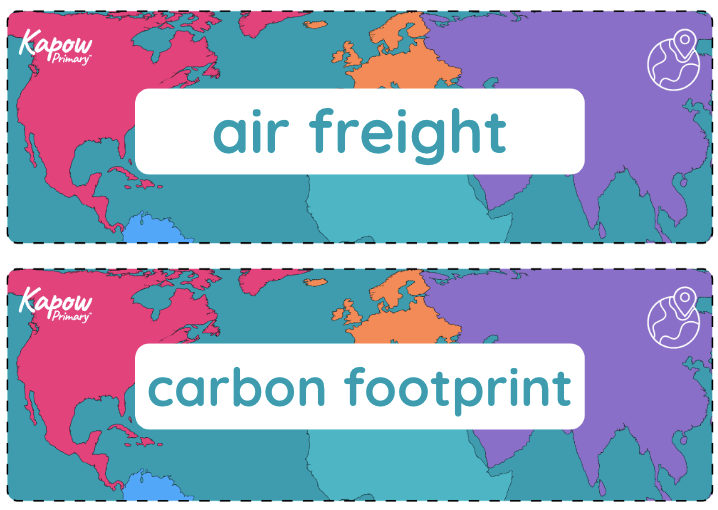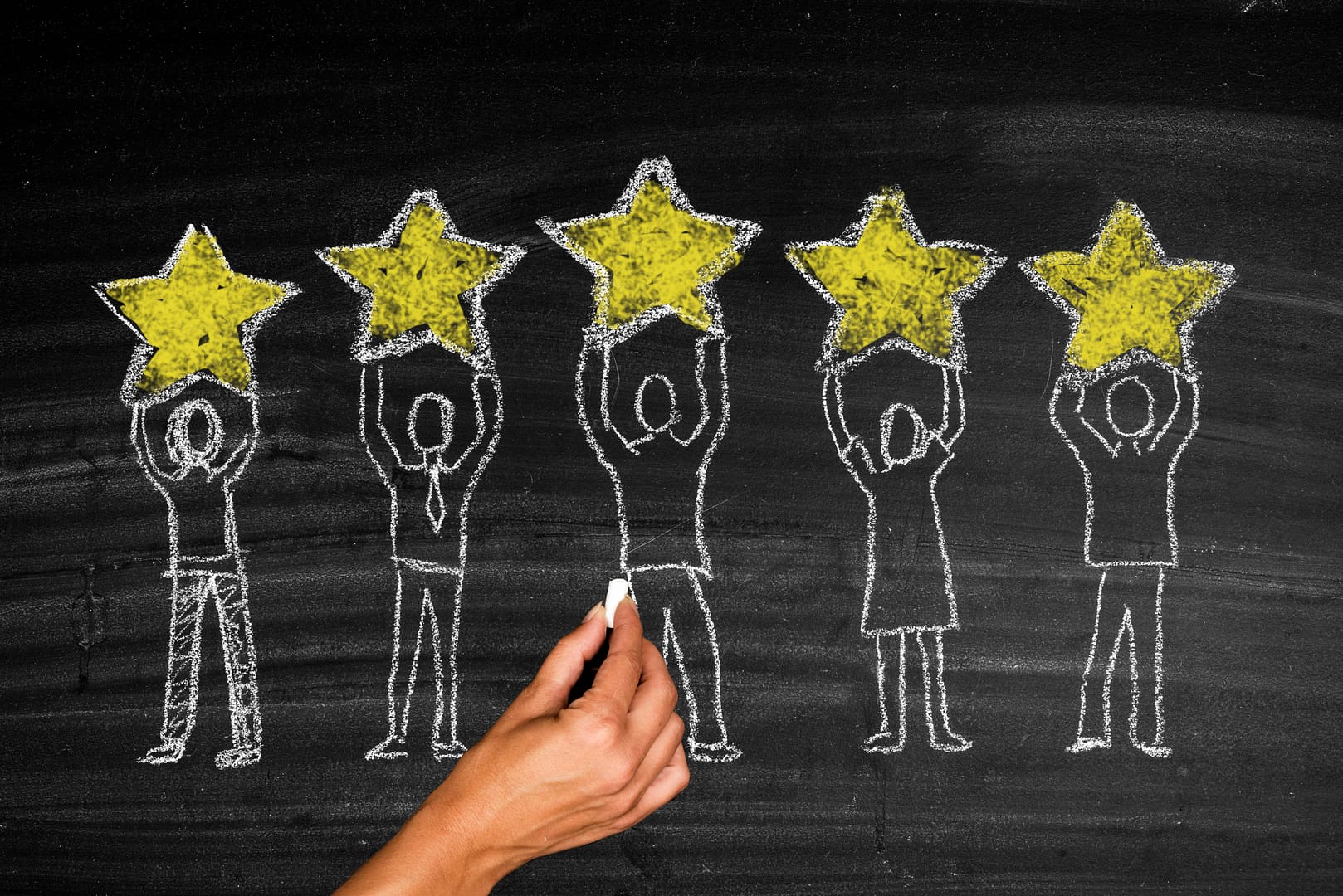Primary Theme: Climate
Y5/6 (B): Lesson 1: How do we use our oceans?
Explaining why the ocean is important, how it is used and its significance in the water cycle.
- Subjects >
- Geography >
- Mixed-age Year 5/6 >
- Year 5/6 Cycle B >
- Y5/6 (B): Why do oceans matter? >
-
Y5/6 (B): Lesson 1: How do we use our oceans?
Y3/4 (B): Lesson 1: What is climate?
Learning about lines of latitude and longitude and climate zones; developing an understanding of why seasons and climate zones occur; discussing the positions of the Arctic and Antarctic circles.
- Subjects >
- Geography >
- Mixed-age Year 3/4 >
- Year 3/4 Cycle B >
- Y3/4 (B): Who lives in Antarctica? >
-
Y3/4 (B): Lesson 1: What is climate?
Y3/4 (A): Lesson 1: How can our food choices impact the environment?
Making connections between the biomes where certain foods grow and the conditions they need to flourish; developing an understanding of food choices and their impact on the environment.
- Subjects >
- Geography >
- Mixed-age Year 3/4 >
- Year 3/4 Cycle A >
- Y3/4 (A): Where does our food come from? >
-
Y3/4 (A): Lesson 1: How can our food choices impact the environment?
Y1/2 (B): Lesson 1: Where are the continents?
Learning to name the seven continents and locating them on a world map.
- Subjects >
- Geography >
- Mixed-age Year 1/2 >
- Year 1/2 Cycle B >
- Y1/2 (B): Would you prefer to live in a hot or cold place? >
-
Y1/2 (B): Lesson 1: Where are the continents?
Lesson 1: What is the weather?
Exploring the weather around the world, recording and sorting data in a spreadsheet.
- Subjects >
- Computing >
- Lower key stage 2 >
- Year 4 >
- Data handling: Investigating weather >
-
Lesson 1: What is the weather?
Lesson 1: How do we use our oceans?
Explaining why the ocean is important, how it is used and its significance in the water cycle.
- Subjects >
- Geography >
- Upper key stage 2 >
- Year 5 >
- Why do oceans matter? >
-
Lesson 1: How do we use our oceans?
Lesson 1: How can our food choices impact the environment?
Making connections between the biomes where certain foods grow and the conditions they need to flourish; developing an understanding of food choices and their impact on the environment.
- Subjects >
- Geography >
- Lower key stage 2 >
- Year 4 >
- Where does our food come from? >
-
Lesson 1: How can our food choices impact the environment?
Lesson 1: What is climate?
Learning about lines of latitude and longitude and climate zones; developing an understanding of why seasons and climate zones occur; discussing the positions of the Arctic and Antarctic circles.
- Subjects >
- Geography >
- Lower key stage 2 >
- Year 3 >
- Who lives in Antarctica? >
-
Lesson 1: What is climate?
Where does our food come from?
Use this unit hub to inform your medium-term plan and navigate to related resources aligned with the KS2 Geography curriculum.
- Subjects >
- Geography >
- Lower key stage 2 >
- Year 4 >
-
Where does our food come from?
Unit outcomes
Pupils who are secure will be able to:
- Identify that different foods grow in different biomes and say why.
- Explain which food has the most significant negative impact on the environment.
- Consider a change people can make to reduce the negative impact of food production.
- Describe the intentions around trading responsibly.
- Explain that food imports can be both helpful and harmful.
- Describe the journey of a cocoa bean.
- Locate countries on a blank world map using an atlas.
- Use a scale bar correctly to measure approximate distances.
- Collect data through an interview process.
- Analyse interview responses to answer an enquiry question.
- Discuss any trends in data collected.
Lesson 5 involves fieldwork on the school grounds. It is important to risk-assess the proposed route taking into account any relevant school risk assessment policies and procedures. Refer to the Before the lesson section in Lesson 5 to prepare for this lesson. Please be aware this lesson may take longer than 1 hour.
Lesson 2 requires a device (one each).
Suggested prior learning
Are all settlements the same?
Get startedLessons
Lesson 1: How can our food choices impact the environment?
- To explain the impact of food choices on the environment.
Lesson 2: What does it mean to trade responsibly?
- To understand the importance of trading responsibly.
Lesson 3: How do we get our chocolate?
- To describe the journey of a cocoa bean.
Lesson 4: Where does our food come from?
- To map and calculate the distance food has travelled.
Lesson 5: Are our school dinners locally sourced?
- To design and use data collection methods to find where our food comes from.
Lesson 6: Is it better to buy local or imported food?
- To discuss the advantages and disadvantages of buying both locally and imported food.
Related content
Unit resources

Knowledge organiser: Geography – Y4 Where does our food come from?
A concise two-page summary of crucial knowledge to support Y4 pupils in the Geography unit 'Where does our food come…

Vocabulary display: Where does our food come from?
A display version of the key vocabulary from the Where does our food come from? unit.
Cross-curricular opportunities
English: Spoken language, reading, writing – composition
Science: Living things and their habitats, properties and changes of materials
Mathematics: Measurement, statistics
British values: Individual liberty, democracy
Design and technology
Computing
RSE/PSHE

